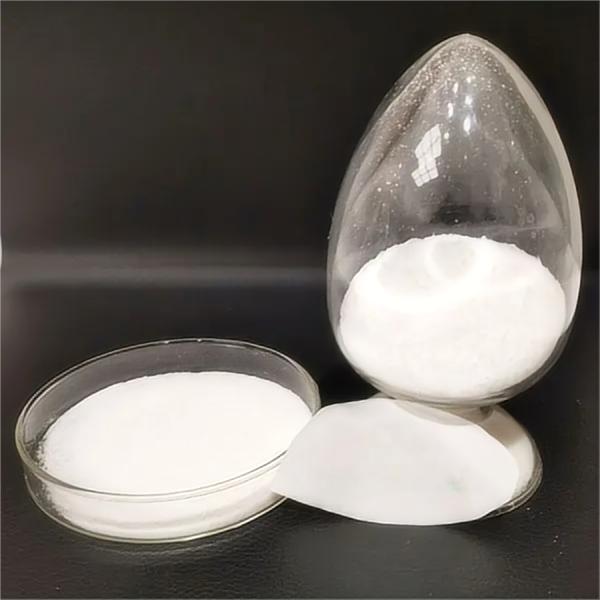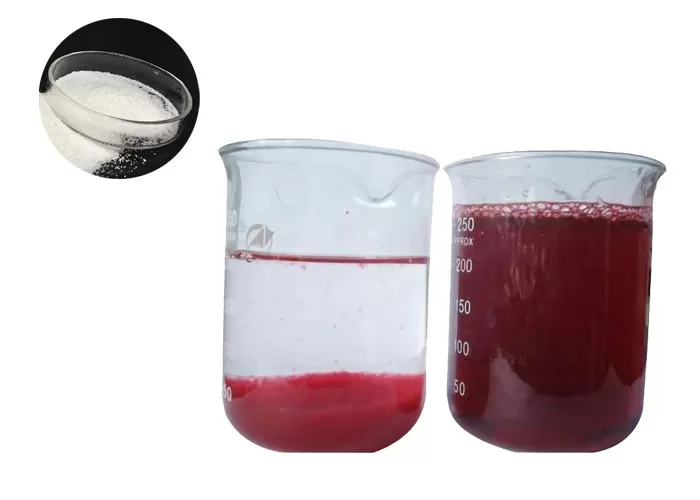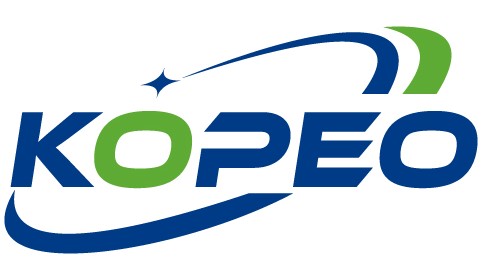Flocculants are one of the most used agents in wastewater treatment, and are also widely used in other industries. It is mainly divided into three categories: inorganic flocculants, organic flocculants and natural polymer flocculants. In terms of contact and understanding of the situation, most people know more about inorganic flocculants and natural polymer flocculants, they are cheap but there is a problem of secondary pollution, while the natural polymer flocculants, although environmentally friendly, but the price is expensive, is not familiar with, but there are exceptions such as: microbial flocculants. People have long discovered that microorganisms exist flocculating effect. Microbial Flocculant is the use of biotechnology, from microorganisms or their metabolites extracted, purified and obtained a safe, efficient, and can be naturally degraded by the new Water Treatment agent, the ingredients include glycoproteins, cellulose, proteins and DNA. It is getting more and more attention from people, and has shown the trend of gradually replacing traditional flocculants. At present, microbial flocculants are mainly used in the treatment of high COD organic wastewater and dyestuff wastewater decolorization and restoration of activated sludge settling capacity.

Microbial flocculant principle
Principle of electric neutralization: the surface of suspended particles in water body has negative charge, the particles of the same sex are repulsive to each other, microbial flocculant has positive charge on the surface, it will neutralize the negative charge, so that the suspended particles will be coagulated and precipitated by magnetic collision. Principle of action: microbial flocculant dissolved in water to form a net-like floc, under the action of gravity can realize rapid netting, sweeping the smaller suspended particles in the water body. Adsorption and bridging mechanism: with the help of ionic bond, hydrogen bond and van der Waals force, the macromolecule of flocculant adsorbs several colloidal particles at the same time, and produces bridging effect between the particles, so as to form a reticulated three-dimensional structure and precipitate down. Characteristics of microbial flocculant High efficiency: under the same dosage, the efficiency of microbial flocculant is higher than that of conventional iron salt, aluminum salt and other flocculants. Non-toxic: microbial flocculant is a natural organic high flocculant, safe and non-toxic, will not affect the sludge. No secondary pollution: the flocculants produced by microorganisms have complex and diverse components, which are different with different strains of bacteria, and are biochemical, capable of degrading by themselves, so they will not bring secondary pollution. Wide range of application: it can deal with activated sludge, charcoal, ink, river bottom sediment, printing and dyeing wastewater and so on. Short production cycle: microbial growth and reproduction speed, easy to mutate, wide distribution, so the source is wide, the production cycle is very short. Application of microbial flocculant in Waste Water Treatment In the application of river water treatment, it has been shown through tests that the flocculant produced by Bacillus sphaericus obtained through separation and screening is used to treat river water with high turbidity, and the technical indexes of the treated water are obviously better than that of conventional flocculants such as PAC. Relieve sludge expansion: By adding microbial flocculant to activated sludge, the volume index of activated sludge will decrease, thus eliminating sludge expansion and restoring the settling capacity of activated sludge. For example, when treating the sublimation of licorice pharmaceutical wastewater, by putting a certain amount of microbial flocculant into the swollen sludge formed, the SVI of the sludge will soon drop from 290 to 50, thus eliminating the sludge expansion and restoring the effect of the settling ability of activated sludge.

Decolorization of printing and dyeing wastewater: the composition of printing and dyeing wastewater is more complex, high chromaticity, and contains difficult to degrade surfactants, such as white rot fungi treatment of dye wastewater is the current research hotspot. Heavy metal enrichment: many microbial flocculant generating bacteria have the ability to adsorb heavy metal ions. As people's understanding of water treatment continues to improve, chemical flocculant residues may produce secondary pollution doubled the social concern, which gives microbial flocculants an excellent opportunity to enter the market, but China's production of wastewater is becoming more and more complex, the adaptability of microbial flocculants are also facing a test.
Future research on microbial flocculants may focus on the following aspects:
1, the study of the physical and chemical properties of microbial flocculants, the structure of flocculating groups, flocculation performance, flocculation kinetics and factors affecting flocculation. 2.Select to use alternative microbial culture medium, optimize the production route of microbial flocculants, realize the reduction of production and use of costs, and achieve the purpose of large-scale application. 3.Microbial flocculant and a variety of flocculants combined application, to achieve the advantages of a variety of flocculants complement each other and increase efficiency and energy saving. 4.Through genetic engineering technology, the pollution factor degradation plasmid is imported into the engineering bacterial species, so as to realize flocculation, sedimentation and degradation in one, and expand the application prospect of flocculants.
